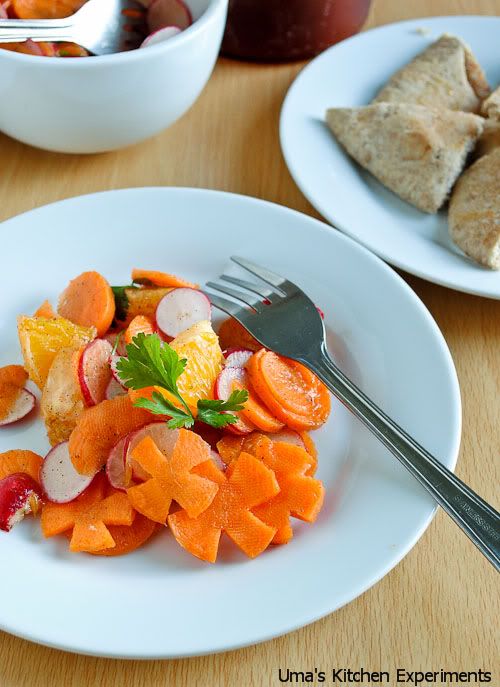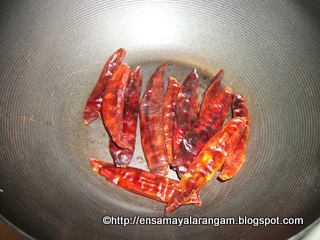MYSOORU BADANEKAAYI PALYA
Tender, fleshy, small and yummy ! Eerangere badanekaayi - the long green brinjal variety grown around Mysore - is the perfect choice to prepare the delicious Mysooru Badanekayi Palya. My mouth waters even now as I think of the the delicious vaangi baath which my mother - in - law prepared decades ago, using this particular variety of brinjals.
Here I have used the long green local brinjals to prepare the delicious palya. The Byadagi Menasina kayee ( a special variety of chillies grown in Byadagi, a village in Karnataka ) lends a special colour and flavour to the palya. Do try out this Palya using Eerangere badanekaayi and enjoy the authentic delicacy.
INGREDIENTS
Long green brinjals - 1/2 kg
Turmeric powder - 1 pinch
Sesame oil - 2 tbsps
Mustard seeds 1/4 tsp
Split black gram dal - 1/2 tsp
Bengal gram dal - 1/2 tsp
Curry leaves - a few
Salt - 1 tsp
Fresh coconut gratings - 1 cup
FOR THE SPICE POWDER
Coriander seeds - 1 tbsp
Bengal gram dal - 1 tbsp
Byadagi red chilles - 10
Cinnamon - 1''
Asafoetida - 1 pinch
METHOD
1. Heat a drop of oil and fry the cinnamon.
2. When the cinnamon starts giving out a pleasant aroma, add the coriander seeds, Bengal gram dal and broken Byadagi chillies, and roast together till you get a very pleasant aroma.
4. Cool and grind the roasted spice into a smooth powder and keep aside.
6. Immerse the brinjal pieces in water as you cut them to avoid discolouration.
7. Heat the remaining oil in a pan and add mustard seeds.
8. When the seeds splutter add black gram dal and bengal gram dal and fry till they turn golden in colour.
9. Add curry leaves and turmeric powder.
11. Stir in salt, cover and cook for two minutes till the vegetable releases water.
12. Cook without lid on low flame stirring now and then, in its own water, till the brinjal pieces are about to be done.
13. Once the brinjal is done increase heat and cook till all the water evaporates.The cooked brinjal pieces should remain firm.Do not allow it to become mushy.
15.Finally mix in the fresh coconut gratings .








































